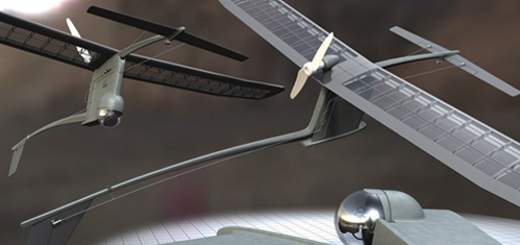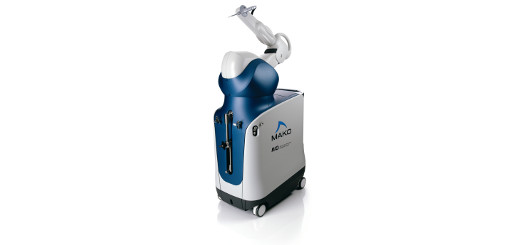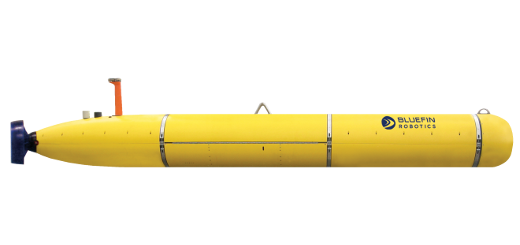Semiconductor company builds automated warehouse
Texas Instruments announced yesterday that it has become the first semiconductor company to install the AutoStore inventory management system.
The company installed AutoStore in its Singapore product distribution center, which began ramping up this week and will be in full production by September. Texas Instruments says the installation represents the first such system in Asia. It was designed and implemented by Switzerland-based Swisslog.
Automated fulfillment systems gained a lot of attention last year when Amazon.com acquired Kiva Systems for the massive sum of $775 million in cash.
Kiva uses mobile robots and mobile shelving to move inventory; other automated warehouses use varying approaches. In the AutoStore system, goods are stored in bins within an aluminum grid structure, and battery-driven robots move along rails on the top of the grid to store and retrieve product from the bins. The robots deliver requested goods to operator ports along the outside of the grid. (TI’s installation will include 63,000 storage bins.)
Here are the Kiva robots in action:
And here’s how AutoStore works:
It’s fun to imagine automated systems helping ship semiconductors that in turn become robots themselves. The reality is that these technologies stand to benefit any business that utilizes a distribution warehouse, which includes all kinds of companies in our e-commerce-driven world. Kiva CEO Mick Mountz famously got the idea for his system after experiencing the failure of online grocer Webvan. But whether it’s groceries or semiconductors, efficiency matters, and autonomous systems have come a long way toward proving their usefulness in that area since 2003, when Mountz struggled to get investors to understand the idea behind Kiva.
[ photo courtesy of Texas Instruments ]



